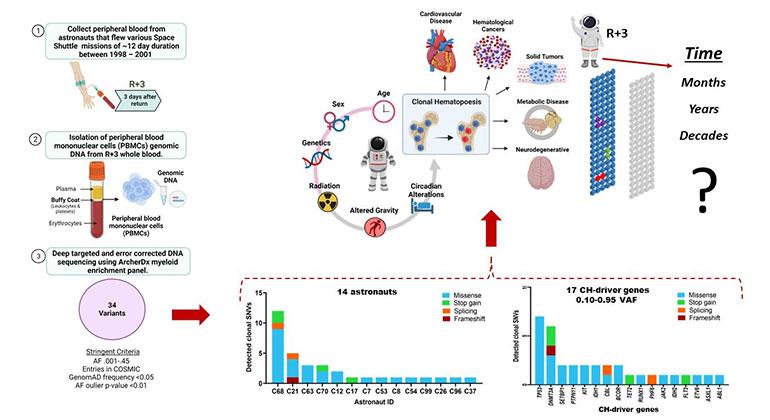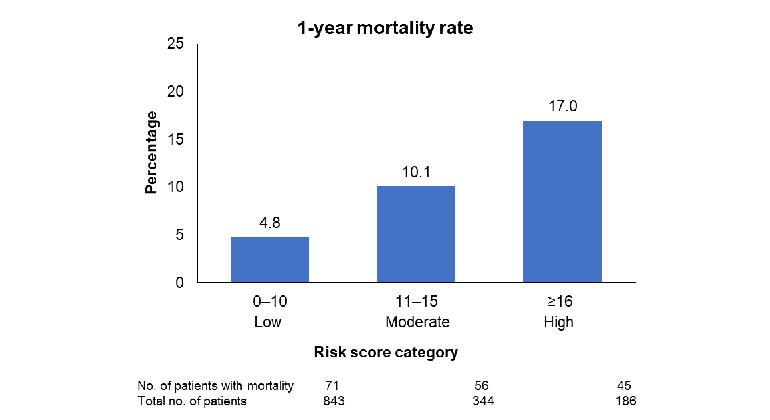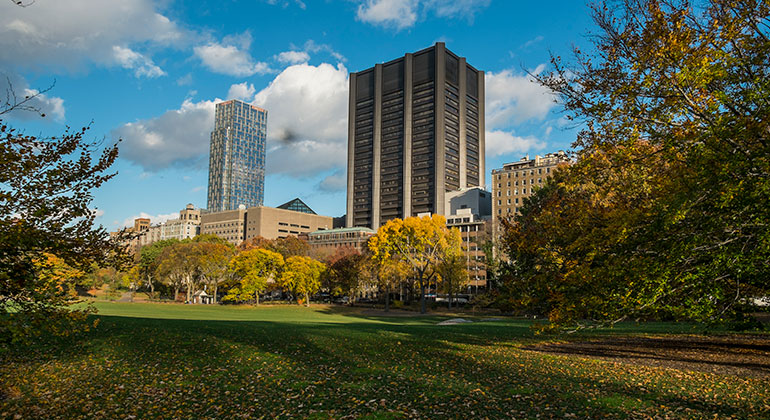Engineered Cardiac Tissue Developed to Study the Human Heart
Researchers show their human engineered cardiac tissue may provide a reliable surrogate for human myocardium to improve preclinical therapeutic testing.
When it comes to finding cures for heart disease, scientists at Icahn School of Medicine at Mount Sinai are working to their own beat. They may have developed a tissue model for the human heart that can bridge the gap between animal models and human clinical trial patients.
Mount Sinai researchers generated their engineered cardiac tissue from human embryonic stem cells with the resulting muscle having remarkable similarities to native heart muscle, including the ability to beat and contract like the human heart. This research breakthrough study was highlighted as the cover story of the February 2014 issue of The FASEB Journal.
"We hope that our human engineered cardiac tissues will serve as a platform for developing reliable models of the human heart for routine laboratory use," said lead researcher Kevin D. Costa, PhD, Associate Professor of Cardiology and Director of the Cardiovascular Cell and Tissue Engineering Laboratory at the Cardiovascular Research Center of Icahn School of Medicine at Mount Sinai.
"This could help accelerate and revolutionize cardiology research by improving the ability to efficiently discover, design, develop, and deliver new therapies for the treatment of heart disease, and by providing more efficient screening tools to identify and prevent cardiac side effects, ultimately leading to safer and more effective treatments for patients suffering from heart disease," says Dr. Costa.
The international team of researchers led by Mount Sinai created human engineered cardiac tissue, known as hECTs, within a custom bioreactor device designed to exercise the tissue and measure its contractile force throughout the culture process. Within 7-10 days, the human cardiac cells self-assembled into a three-dimensional tissue strip that beats spontaneously like natural heart muscle, and can survive a month or more for long-term experimental testing. These hECTs displayed contractile activity in a rhythmic pattern of 70 beats per minute on average, similar to the human heart.
In addition, research results show the heart tissue model responds to electrical stimulation and is able to incorporate new genetic information delivered by adenovirus gene therapy. During functional analysis, some of the responses known to occur in the natural adult human heart were also elicited in hECTs through electrical, mechanical, and pharmacological interventions, while some responses of hECTs more closely mimicked the immature or newborn human heart.
"We've come a long way in our understanding of the human heart," said Gerald Weissmann, MD, Editor-in-Chief of The FASEB Journal, "but we still lack an adequate tissue model which can be used to test promising therapies and model deadly diseases. This advance, if it proves successful over time, will beat anything that's currently available."
About the Mount Sinai Health System
Mount Sinai Health System is one of the largest academic medical systems in the New York metro area, with more than 43,000 employees working across eight hospitals, over 400 outpatient practices, nearly 300 labs, a school of nursing, and a leading school of medicine and graduate education. Mount Sinai advances health for all people, everywhere, by taking on the most complex health care challenges of our time — discovering and applying new scientific learning and knowledge; developing safer, more effective treatments; educating the next generation of medical leaders and innovators; and supporting local communities by delivering high-quality care to all who need it.
Through the integration of its hospitals, labs, and schools, Mount Sinai offers comprehensive health care solutions from birth through geriatrics, leveraging innovative approaches such as artificial intelligence and informatics while keeping patients’ medical and emotional needs at the center of all treatment. The Health System includes approximately 7,300 primary and specialty care physicians; 13 joint-venture outpatient surgery centers throughout the five boroughs of New York City, Westchester, Long Island, and Florida; and more than 30 affiliated community health centers. We are consistently ranked by U.S. News & World Report's Best Hospitals, receiving high "Honor Roll" status, and are highly ranked: No. 1 in Geriatrics and top 20 in Cardiology/Heart Surgery, Diabetes/Endocrinology, Gastroenterology/GI Surgery, Neurology/Neurosurgery, Orthopedics, Pulmonology/Lung Surgery, Rehabilitation, and Urology. New York Eye and Ear Infirmary of Mount Sinai is ranked No. 12 in Ophthalmology. U.S. News & World Report’s “Best Children’s Hospitals” ranks Mount Sinai Kravis Children's Hospital among the country’s best in several pediatric specialties.
For more information, visit https://www.mountsinai.org or find Mount Sinai on Facebook, Twitter and YouTube.
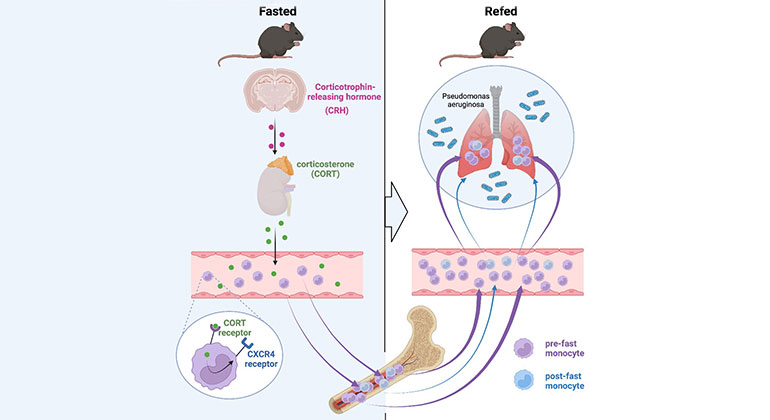
Skipping Breakfast May Compromise the Immune System
Feb 23, 2023 View All Press Releases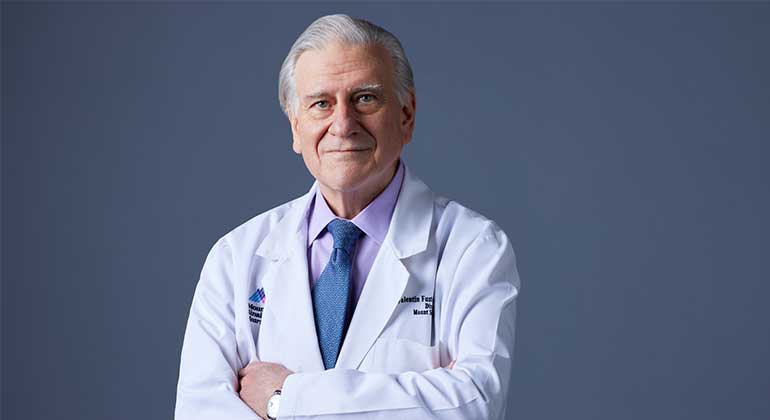
Valentin Fuster, MD, PhD, Named President of Mount Sinai Heart
Oct 18, 2022 View All Press Releases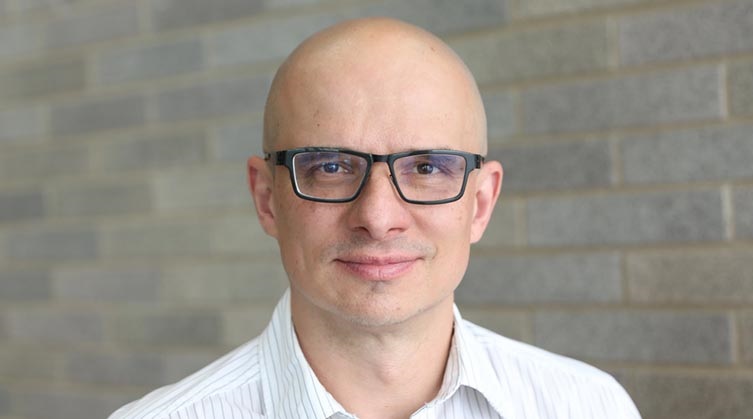
Mount Sinai Recruits Internationally Recognized Cardiovascular Immunology Researcher
Jul 21, 2021 View All Press Releases
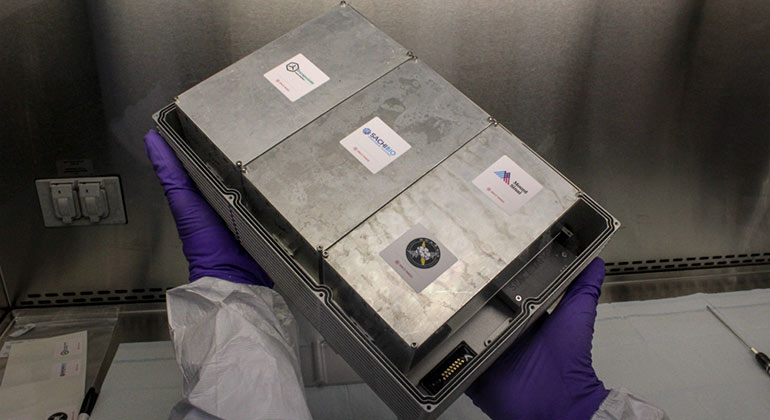
.jpg)
